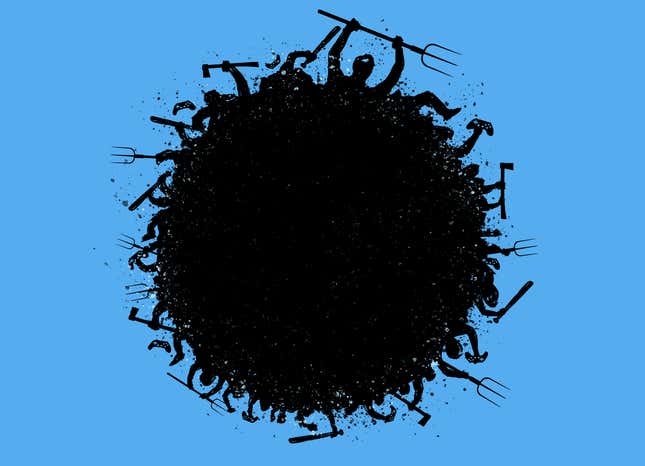One of the most talked about things from Sony’s E3 2015 Press Conference was the unveiling of a Final Fantasy VII…
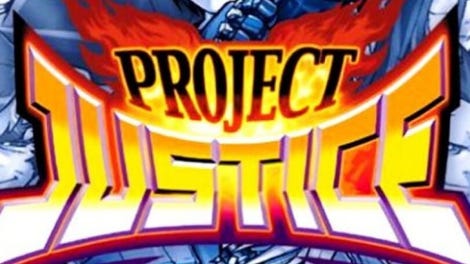
Project Justice
Capcom
December 16, 2000
Genres
FightingDevelopers
CapcomRelease Date
December 16, 2000 (24 years and 7 months ago)Publishers
CapcomContent Rating
T
Franchises
Project JusticeDiscover Games
Summary
Project Justice is the sequel to Rival Schools: United By Fate. Project Justice's fighting system is lifted from the original Rival Schools, with some notable changes. The game continues to be a team fighter, but has teams of three characters instead of two. This allows another Team-Up attack to be used in a fight, but also adds a new type of attack, the Party-Up, initiated by pressing any three attack buttons. The Party-Up is a three-person attack that varies based on what school the character initiating the attack is from. The additional partner also allows players to cancel an opponent's Team-Up Special by inputting a Team-Up command of their own. This initiates a short fighting sequence between one character from each team. If the person initiating the sequence gets the first successful hit in during the sequence before time runs out, the Team-Up they are caught in will be canceled, and the game switches back to the main fight; if the opposing player gets the first hit or time runs out, the Team-Up continues as usual. Additionally, the 'vigor' meter in Project Justice is limited to 5 levels (down from 9 in Rival Schools), with Party-Ups requiring all 5 levels, Team-Ups continuing to cost two levels, and any attempts (successful or not) to cancel a Team-Up costing one level. Also carrying over from the first game, the Dreamcast port of Project Justice in Japan includes a character creation mode that allows a player to create their own fighters who can be used in all modes except for single-player. However, the character creation in Project Justice is packaged as a board game, taking place during an inter-school festival, rather than a date sim game like in Rival Schools. As with School Life Mode in the original Rival Schools, though, this boardgame is not included in non-Japanese ports of Project Justice due to the amount of time it would take to translate the mode. Instead, several unlockable sub-characters were included in these ports, built from the character creation parts in the Japanese version.
Genres
FightingPlatforms
Arcade, DreamcastDevelopers
CapcomRelease Date
December 16, 2000 (24 years and 7 months ago)Publishers
CapcomContent Rating
T
Franchises
Project JusticeMore from Capcom
Games metadata is powered by IGDB.com
Project Justice News
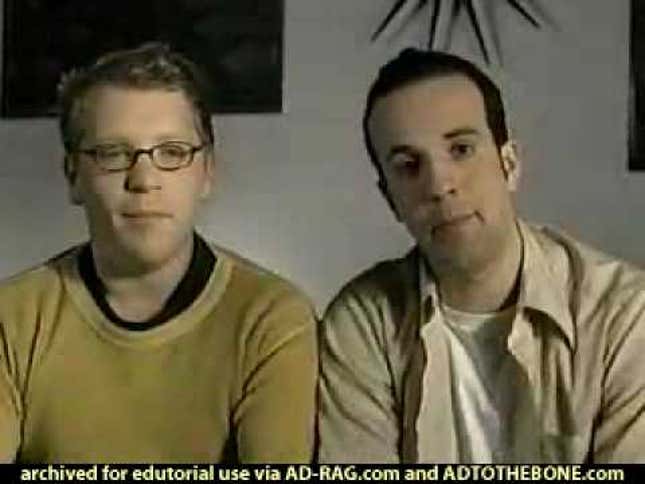
Now playing
Gamers have spent the past several months arguing over whether Dead or Alive’s third bikini-clad vacation simulator…
In 1996, something happened that most superhero comics fans thought was impossible: DC Comics and Marvel mashed…
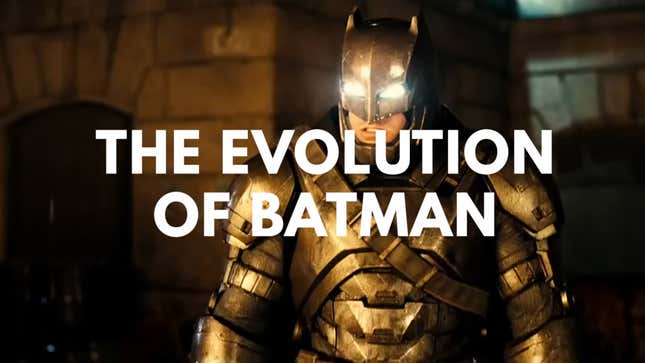
Now playing
There’s been a different look and feel for the Dark Knight just about every time he’s been the subject of a new TV…
The year was 1999. The dream: simple. Make a new Mad Max game. Make the kind of Mad Max game Australians could be…
By
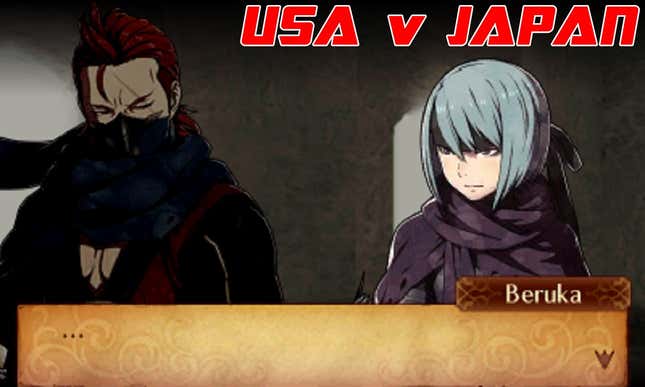
Now playing
When Fire Emblem Fates was released for 3DS in Japan early last summer, it didn’t have a US release date. Within 24…
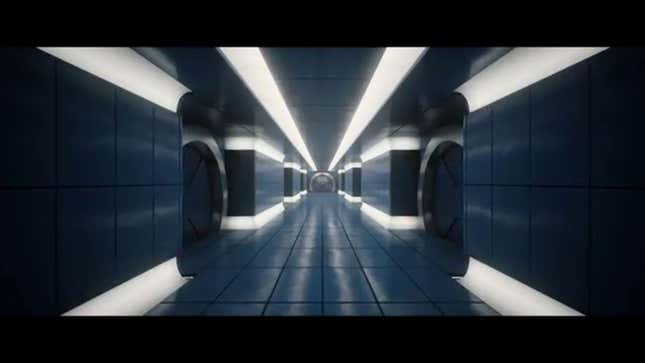
Now playing
The Cerebro/Cerebra is a device used to locate mutants in the X-Men world. Its Unreal Engine 4 version probably does…
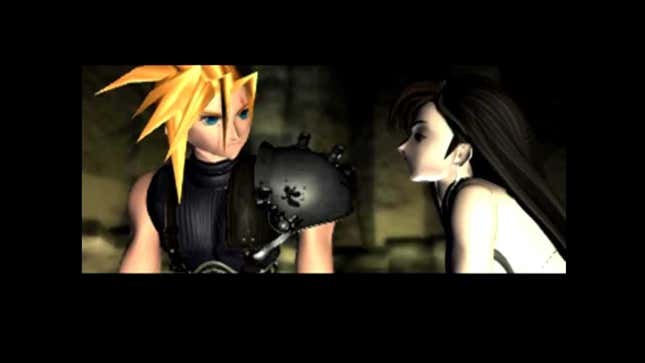
Now playing
When Final Fantasy VII arrived in 1997, it was unlike anything I’d ever played before. Late nights, lots of…
In the summer of 2013, months before they were supposed to ship their next video game, the game developers at Bungie…
Advertisement
